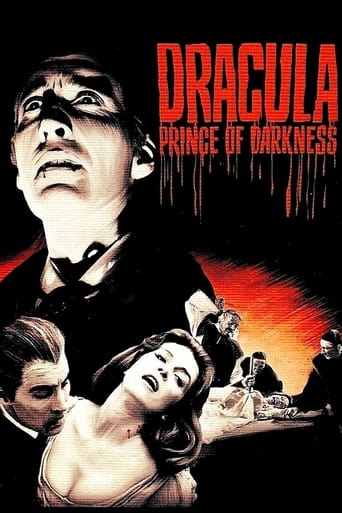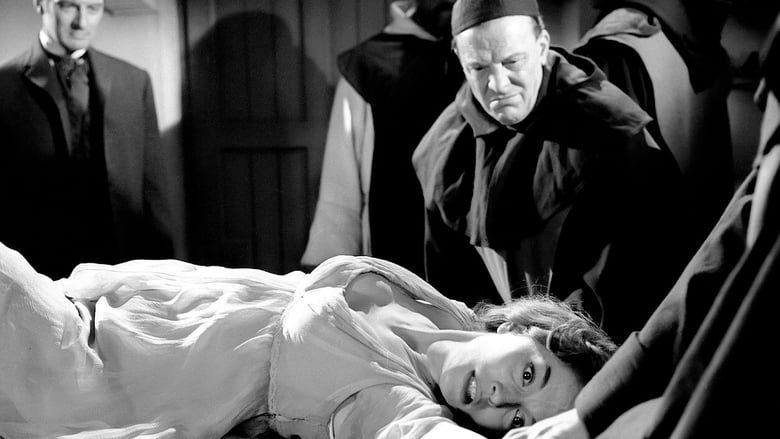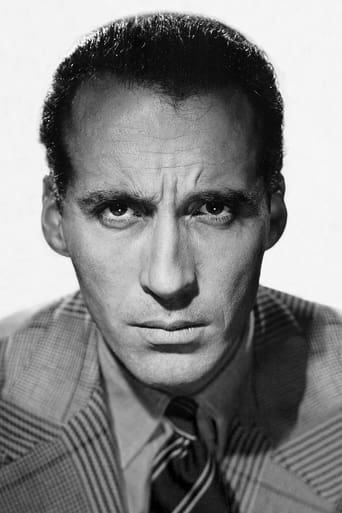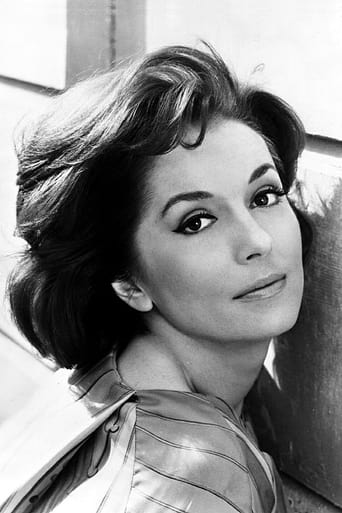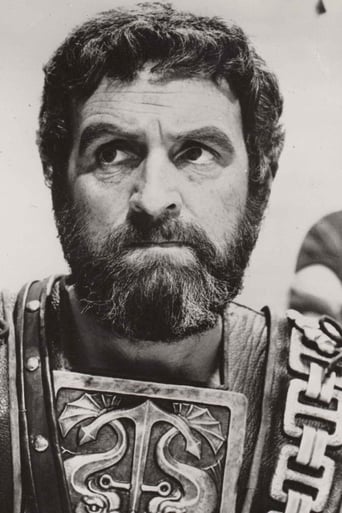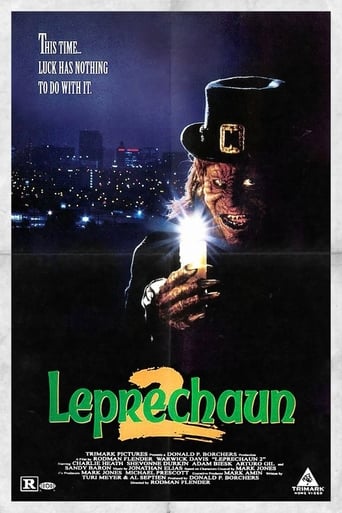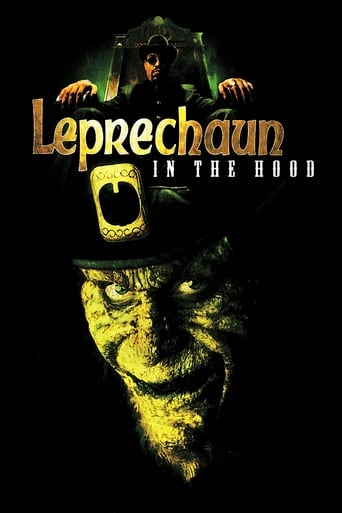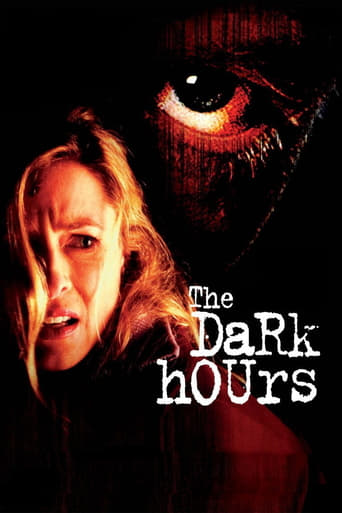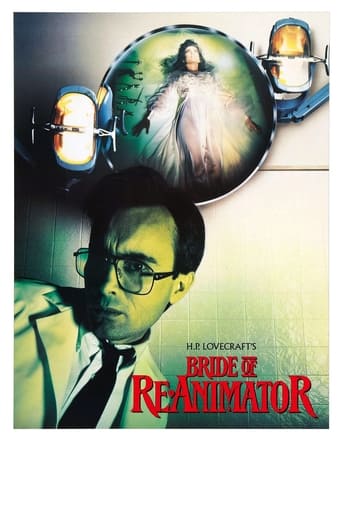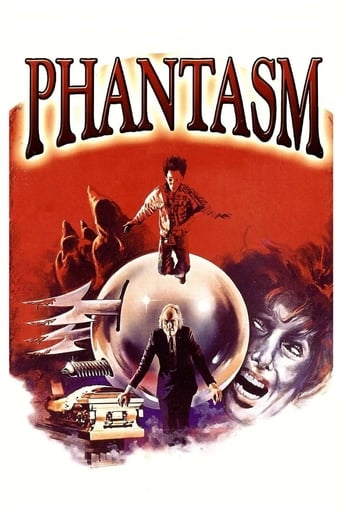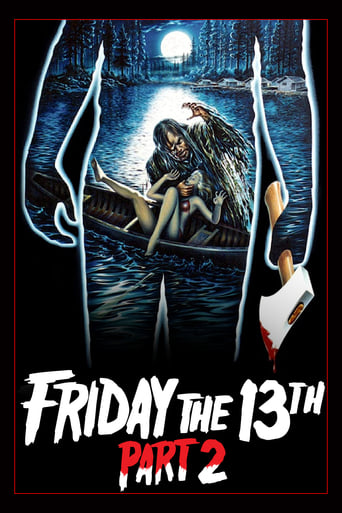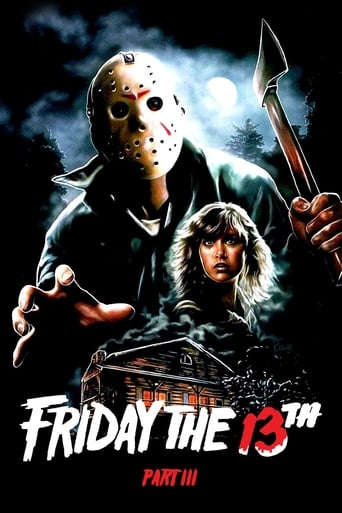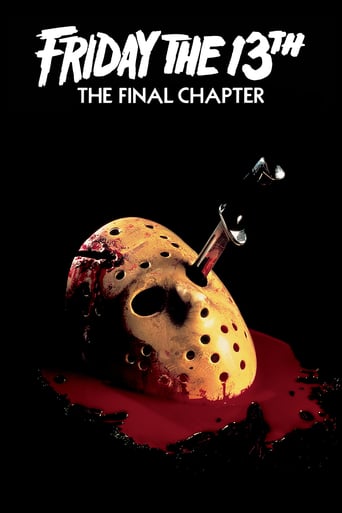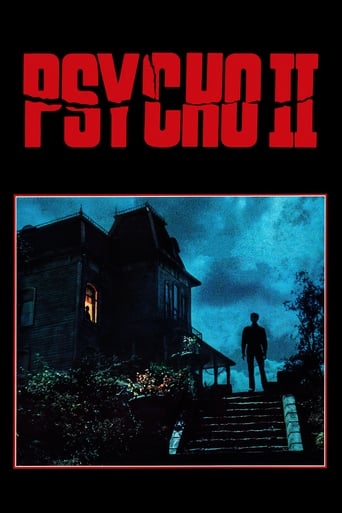Dracula: Prince of Darkness (1966)
Whilst vacationing in the Carpathian Mountain, two couples stumble across the remains of Count Dracula's castle. The Count's trusted servant kills one of the men, suspending the body over the Count's ashes so that the blood drips from the corpse and saturates the blackened remains. The ritual is completed, the Count revived and his attentions focus on the dead man's wife who is to become his partner; devoted to an existence of depravity and evil.
Watch Trailer
Free Trial Channels
Cast


Similar titles
Reviews
Most undeservingly overhyped movie of all time??
The performances transcend the film's tropes, grounding it in characters that feel more complete than this subgenre often produces.
Excellent characters with emotional depth. My wife, daughter and granddaughter all enjoyed it...and me, too! Very good movie! You won't be disappointed.
The movie really just wants to entertain people.
Hammer's first classic vampire film, Dracula, was always going to be a hard act to follow. Almost flawless in every way, Dracula was a landmark in the horror cinema and invariably any sequel was sure to disappoint. However seven years later (after THE BRIDES OF Dracula, which sorely lacked Christopher Lee yet remained a great film nonetheless), the king of the vampires returned (for an undisclosed pay cheque) for what was to be a very good sequel in every respect, Dracula - PRINCE OF DARKNESS. The film opens with a rerun of Dracula's climax (surrounded by swirling mist in a lame attempt to disguise the different scope format), with Cushing destroying the undead lord once and for all. However the focus lingers on Lee's forgotten ring, and sure enough we discover that he isn't dead after all, at least after a long, scene-setting beginning - over half an hour has passed before Lee is regenerated to his more fleshy self. In that time we run the usual gamut of village inns, frightened coachmen, superstitious locals, and the like, all surprisingly fresh this time around considering the amount of times Hammer was to use them.The fine budget - though kept relatively low, as this film was shot back to back with RASPUTIN THE MAD MONK to cut down on costs, is apparent in the authentic costumes and scenery, with Dracula's castle never having looked better. One of the great benefits the film has is the splendid score, a Gothic piece containing the 'Dracula theme', a recurring tune playing whenever the vampire count is on screen. The music really adds to the film and the overall Gothic atmosphere, and there's no doubt that without it, this would be a lesser film. James Bernard deserves all the praise he gets for creating such a lavish score. The acting is of a high standard in the film, with all roles being filled by respected actors and actresses. Charles Tingwell and Suzan Farmer both play totally ordinary folk who react believably to the horrific events which enfold them, while Francis Matthews is great as the jovial, friendly husband who becomes the hero of the piece. Barbara Shelley puts in a career-best performance as the prudish wife who becomes a fully-fledged vampiress, changing from high necked attire into a low cut night-dress, obviously the more familiar form of clothing for ladies in these type of films. Her initial disdain for the locals and her later snarling, fanged countenance are totally contrasted and there has never been a better acted transformation from human to vampire on screen. Andrew Keir is suitably stern as the gruff priest who takes over the Cushing role in the picture, and with a rifle slung over his shoulder, it's a memorable image, although I still think that his character seems strangely out of place in the film and the Hammer Dracula series as a whole. Thorley Walters has the role of the fly-eating Renfield down to a tee, and it's no surprise that visually his character was recreated in the Hollywood blockbuster BRAM STOKER'S Dracula.However it's Christopher Lee who one remembers the most, obviously. He was in a lot of films between 1958 and 1965, but his screen presence is still commanding, never more so in this case, and the fact that he has no lines of dialogue only serves to strengthen his silent, menacing character. It works. Visually he is also superbly frightening, with red contact lenses and pronounced fangs, he really is the definitive image of Dracula and has never been better, especially when he goes around kicking windows apart and the like. Last but not least, Philip Latham has the role of Dracula's servant, a part usually forgotten in these type of films as merely a supporting role. However, maybe coincidentally, he's the spitting image of butler Lurch from THE ADDAMS FAMILY, and gives a solid backbone to the evil presence prevalent in the film. At least Dracula has a reason for being evil - he's a vampire - but this silent, sadistic murderer is totally without cause, only there to serve the will of his master. As he says, "my master died without issue...in the accepted sense of the word".Along with the stylish sets to look at, there are some well-staged fight scenes, usually between Lee and Matthews, to keep the action moving along nicely, and the expected carriages travelling at high speeds through the woodland (why does nobody issue these guys speeding tickets?). There is a very gory set piece (the throat cutting) and an excellent regeneration for Dracula from dust to fully formed creature, while the hand creeping out of the coffin is a macabre image. The table top staking is also played out thoroughly, sustaining tension as long as possible until a final snarl becomes a scream of agony. Added to all these things is a superb, smashing ending where Keir shoots the ice out. Dracula - PRINCE OF DARKNESS is yet another essential Hammer film, and with that I can't praise it any more highly.
The story takes a while to set things up but once the guests arrive at Castle Dracula, things take a quick and nasty turn. I thought the revival of Count Dracula (Christopher Lee) was quite creatively done, brought forth from his own ashes and mingled with the blood from the slit throat of Alan Kent (Charles Tingwell). You know, it's probably a good thing that the principals in these movies never take the advice of the one rational member of their entourage. Had everyone just listened to Alan's wife Helen (Barbara Shelley), things would have been okay but then we wouldn't have had a story.Most of the typical Dracula myth elements are provided here like the fear of a crucifix and the curse of daylight, but I was really scratching my head over the moving water business; I'd never heard of that one before. I guess if one wants to get technical, the moat around Castle Dracula wouldn't have been flowing water, but that's probably just being picky. Who wants to see Dracula flame out in daylight at the end of every picture?Hammer Films did a pretty good job with this installment of their Dracula franchise. I didn't really think about it till the end of the story, but Christopher Lee didn't speak at all in the picture, relying more on that nasty hiss as his calling card. He had that one great scene when his eyes popped while waking up in his coffin, and there was a great shot of his billowing cape down in the courtyard of the castle. Considering he had a ten year dirt nap waiting for his time to come around again, it might have been a good idea for Klove (Philip Latham) to pick up a bottle of Murine during one of his trips into town.
Dracula: Prince of Darkness is the second Hammer Dracula film to star legendary actor Christopher Lee as the iconic Dracula, although The Brides Of Dracula was the first sequel to Hammer's 'Dracula' (a.k.a. 'Horror Of Dracula') but since that film only had Peter Cushing reprising as Doctor Van Helsing and completely lacked the character of Dracula, Dracula: Prince of Darkness is the first direct sequel to feature the famous vampire in the Hammer Dracula series.Unfortunately it didn't quite turn out the way it should have, the biggest major fault with this film is that Dracula doesn't actually say anything apart from hissing, supposedly this was because Christopher Lee hated the dialogue in the film's script so he refused to say any of it and Hammer had no choice but to just go with it. But never the less when Dracula does finally appear at the half way point of the film, he pretty much steals the show. Acting wise I thought it was fine for 1960's standards and the movie has some real nice practical effects.Granted that the film could have been better if Dracula actually talked but with that said it's still a decent classic.
Eight years. That's how long it took to get a direct sequel to "Horror of Dracula" made. I can't really say for certain why the wait was so extended. I'm willing to bet Hammer was eager to make another Dracula. I suspect that Christopher Lee, who has expressed contempt for the part over the years, was the real reason why. I don't know how they did it, whether it be with money or something else, but the studio eventually talked Lee into reprising his most famous role. "Dracula: Prince of Darkness," the eventual film, helpfully begins with stock footage of the 57 film. Audiences probably, genuinely needed the reminder.Picking up ten years after the last entry, the film follows the Kents: Diane, her husband Charles, her sister Helen, and Helen's husband Alan. On their vacation through Europe, they pass through Dracula country. Despite everyone – including vampire expert Father Sandor – warning them not to, the quartet continues forward. They wind up abandoned at Dracula's old castle, where the Count's one remaining servant murders Alan, resurrecting the titular Prince of Darkness. With Helen quickly turned into Drac's latest bride, Charles has to team up with Father Sandor to prevent Diane from joining the same rank.The script intentionally limits Christopher Lee's screen time as much as possible, in order to keep his fee low. This is all too noticeable at times. Dracula doesn't come back to life until the forty minute mark. Nearly the entire first hour is set within Dracula's castle. Clichés abound. The heroes ignore the obvious warnings around them. When mentioning Dracula's name at the dinner table, an ominous wind blows in, causing the candles to flicker. Helen is haunted by bad vibes, constantly telling the others she doesn't like being in the castle. Her pleas go unanswered, naturally. After Dracula finally shows back up, and turns Helen into a vampire, the survivors flee the castle and wind up in the company of Father Sandor and his monks. Then the final act of the movie is mostly contained within the ministry. It's not until the final minutes, when Charles and Sandor ride after Dracula's carriage on horseback, that "Prince of Darkness" approaches the action-packed swiftness of its predecessor.Which isn't to say the film isn't good. This one arguably packs in as many scares as "Horror of Dracula" did. Terence Fisher was a director who knew how to get the most out of his sets. Repeatedly, the camera pans around the empty sets, which is surprisingly creepy. Dracula continues to be a singularly intimidating presence. When he corners Helen, it's nearly as squirmy and rape-y as his encounter with Mina in the last film. Later on, Dracula pulls his shirt open, cutting his chest, tempting Diane to drink it. Unlike her sister, Diane seems uncontrollably drawn to the vampire's sexual charisma. Yet the one scene in "Prince of Darkness" is better then all the others. While Diane and Charles are attacked by the vampiric Helen, Dracula leaps to the top of the steps, the walls behind him glowing bright red. He easily pushes the heroes aside, ready to claim the woman. How Charles escapes, by crossing swords into the shape of a cross, is disappointing but for a few minutes, "Dracula: Prince of Darkness" is as intense and scary as anything Hammer ever did.By 1966, the Hammer formula was more firmly established. Barbara Shelley spends the first half of the film fully clothed, covered by constricting dresses. As soon as she's turned into a vampire, she slips into the Hammer uniform of a slinky, cleavage-barring nightgown. The movie might also be the goriest Hammer film up to this point. When Alan gets his throat slashed over Dracula's grave, torrents of bright red, pasta-sauce-thick blood pours out. Later on, Helen is held down and staked, the film drawing a lot of attention to her suffering. The films would get bloodier and sexier from here on.Famously, Christopher Lee has no dialogue in the film, his vocalization limited to hissing and growling. It totally works in the film's favor, as it makes Dracula into even more of an animal force. Unfortunately, Peter Cushing passed on this one, leaving the Van Helsing part to be played by Andrew Keir's Father Sandor. Sandor is an interesting character, knowledgeable about vampires while similarly trying to dismiss old superstitions. (He also has a hunting hobby and warms his behind on an open fire.) Keir is no Cushing though and he doesn't have the same chemistry with Lee. The two barely interact, truthfully. The set of victims and heroes aren't very involving though Shelley at least looks fantastic in that low-cut nightgown.After briefly featuring some action at the end, Dracula has a bit of an unglamorous fate here, falling through the ice into rushing water. The movie then abruptly ends after that, cutting to credits immediately afterwards. It's not as exciting or well-paced as the first Hammer "Dracula" joint but "Prince of Darkness" is still a good time for Drac fans.

